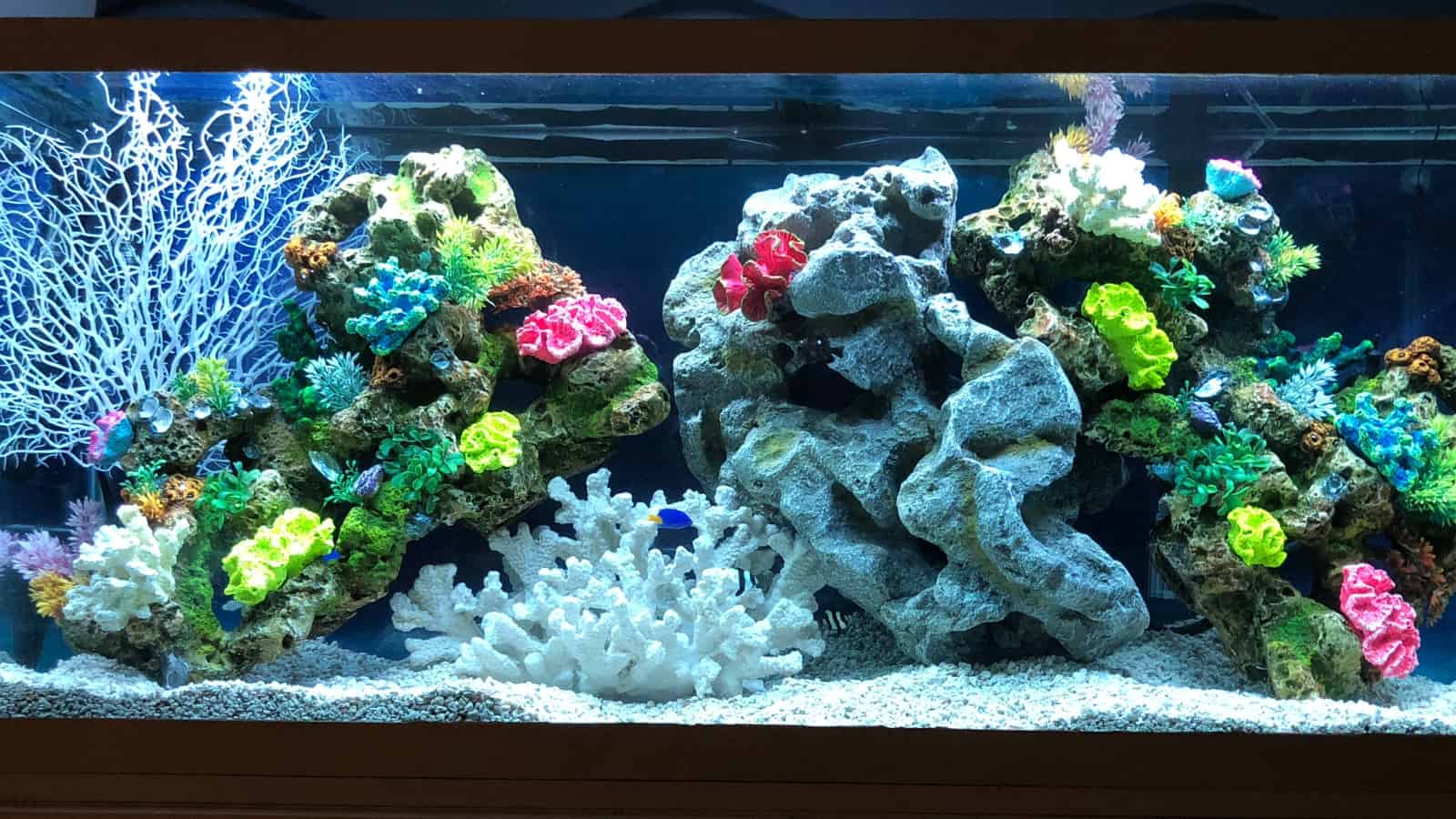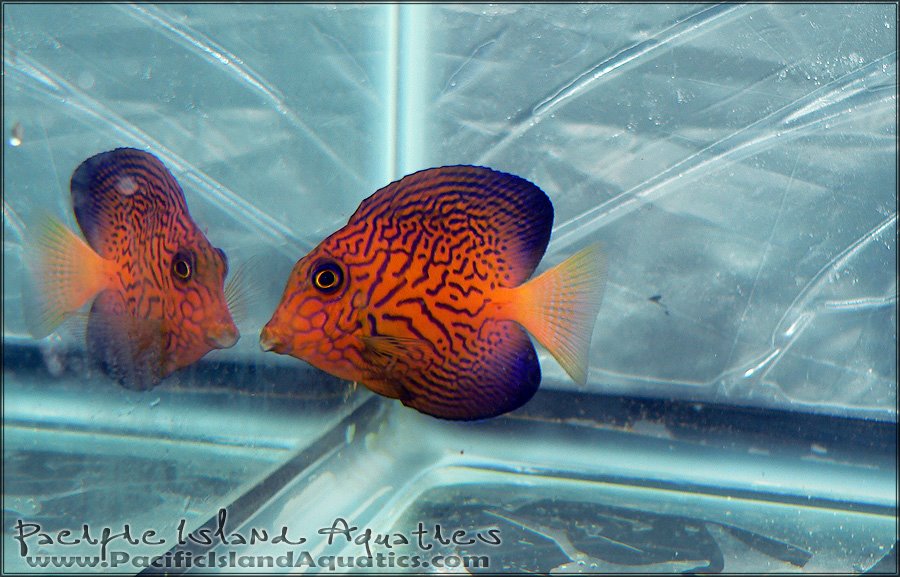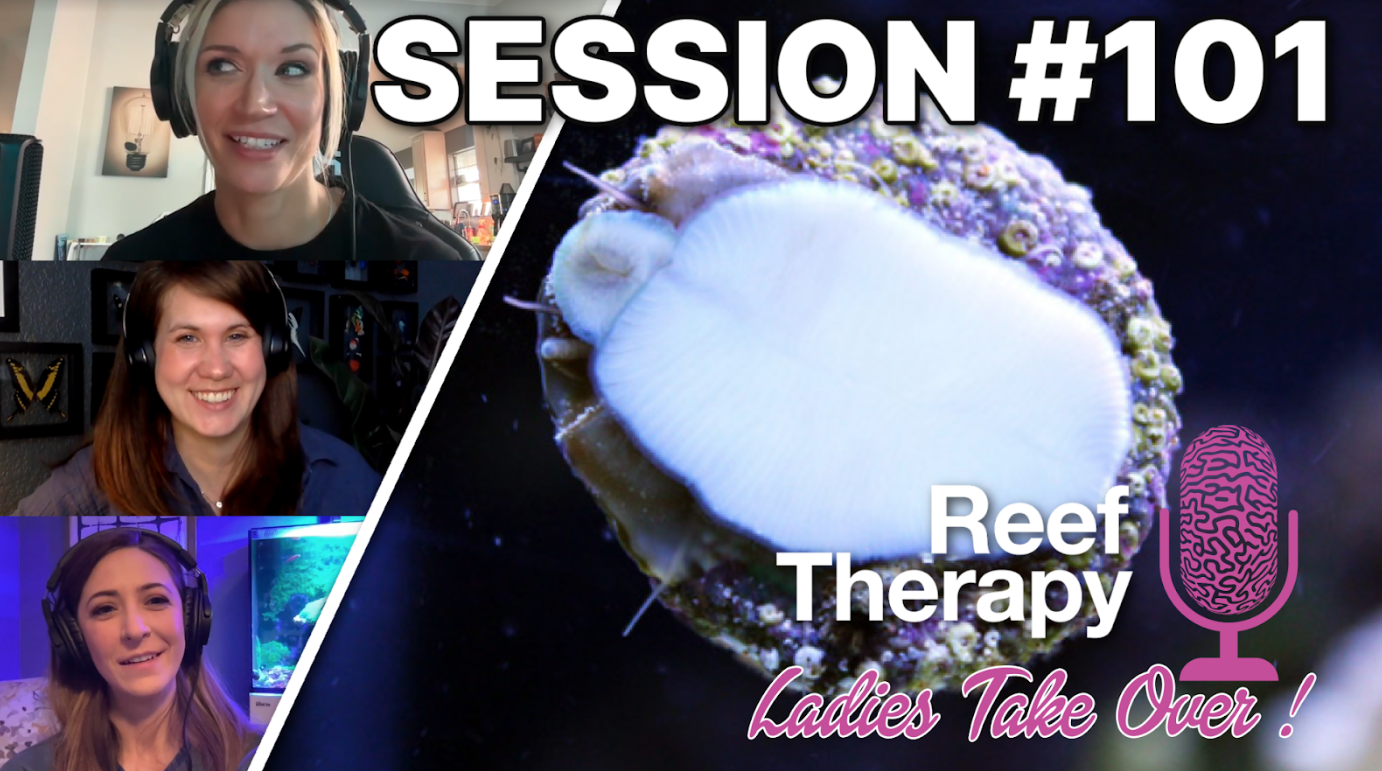When it comes to good fish keeping, certain habits and routines make excellent fish keepers stand head and shoulders above the rest. While maintenance tasks may sometimes feel like a chore, the glowing health of your fish and plants will reward you many times over.
By following each of the 10 steps listed below, you’ll be going a long way to becoming a pro fish keeper, and the proud owner of a thriving aquarium.
Key Takeaways
- Proper feeding, cleaning, lighting, water testing, plant maintenance, equipment checks, and daily observations are all signs of an excellent fish keeper with a flourishing fish tank.
- By maintaining these 10 basic habits of proper fish care, you’ll go a long way to preventing water quality and fish health problems before they arise.
Our Top 10 Steps to a Flourishing Fish Tank
Proper Feeding Schedule
Our number one piece of advice for a thriving aquarium is a proper feeding schedule. Fish are creatures of habit that will benefit from being fed a similar amount of food at a similar time each day.
Overfeeding fish is the single biggest mistake that causes fish health and water quality problems. While often considered a rookie error, even more experienced fish keepers sometimes feed their fish too much.
When fish eat too much, constipation and bloating often result. Any uneaten food that’s left to decay releases ammonia into the water. Ammonia poisoning, high nitrates, algae blooms, and perfect conditions for bacterial and parasitic infections result.
All of this can be avoided by following the golden rule of thumb: Feed your fish twice a day with no more than they can eat within two minutes. Watch closely to make sure that even the weaker fish get their fill, and spread the food out if necessary.
Any uneaten food must be removed within 10 minutes to prevent it from rotting and contaminating your tank’s water.
Maintaining a Varied Diet
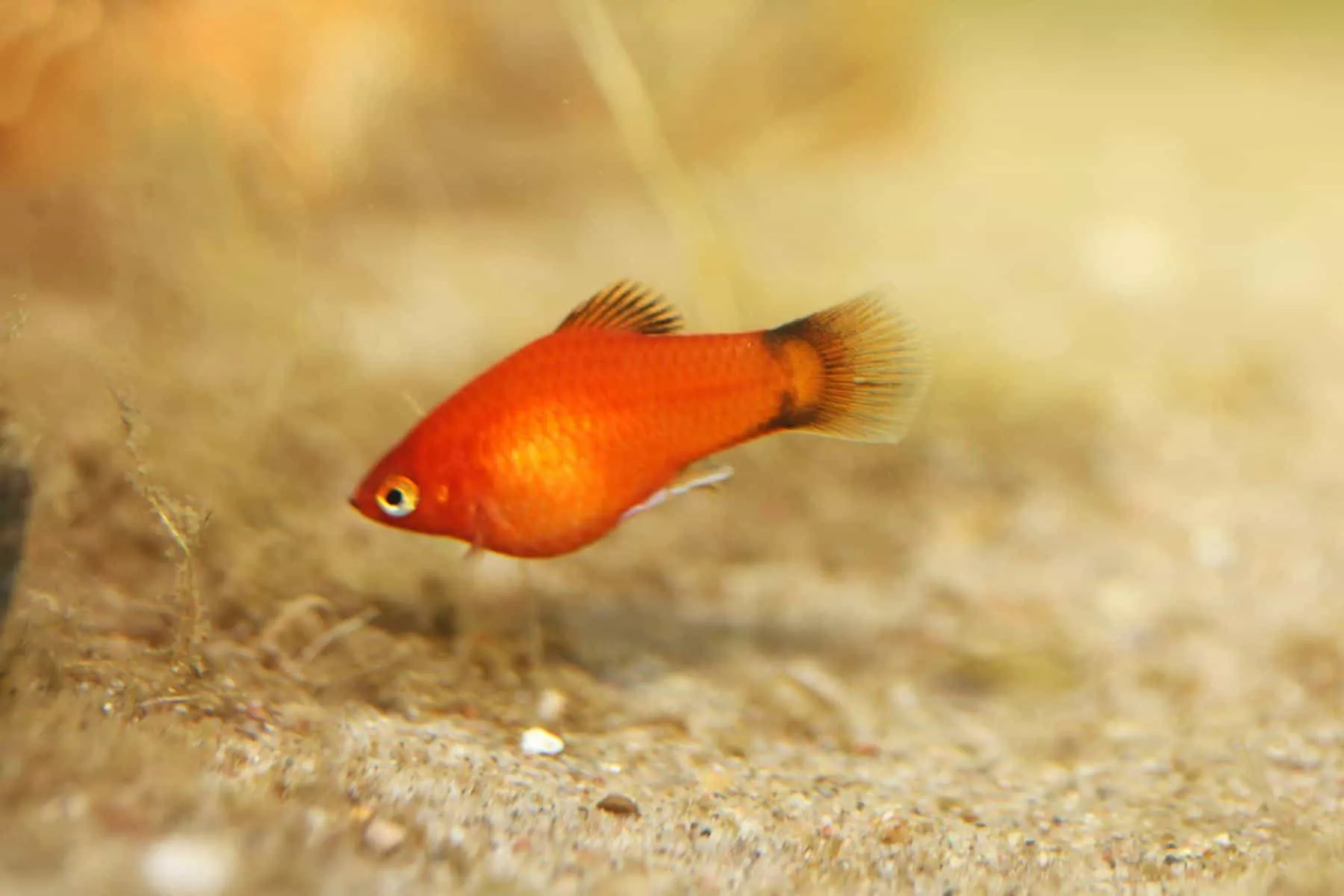
One of the biggest differences between mediocre fish keepers and professionals is the variety of food they feed their fish.
While newbie or lazy fish keepers often feed their fish the same fish flakes or pellets every day, experts well understand the value of feeding the right balance of vegetable matter and live and frozen foods to their fish.
Vegetable supplements include green vegetables like dandelion leaves, blanched nettles, organic spinach or lettuce, nori flakes, and spirulina sinking wafers. Many fish love cooked peas although too many can cause diarrhea. Regular feeding of vegetable matter may also help some fish from eating aquarium plants!
Fresh and frozen meaty foods such as bloodworms, earthworms, tubifex worms, daphnia, brine shrimp, Mysis shrimp, chopped prawns, crickets, and white mosquito larvae, are excellent sources of high-quality proteins and fats that most omnivorous fish will go wild for.
It’s incredibly heartening to see your fish zoom about the tank, gobbling up their favorite snacks, and even rewarding to see the vibrant colors and stunning condition they exhibit from proper nourishment.
Correct Lighting Schedule

An essential aspect of proper aquarium care that’s not mentioned often enough is setting up the right lighting schedule.
Fish need day and night just like most animals do. Without consistent lighting times, their body clocks lose sync, they become stressed, and often succumb to diseases or health problems.
Between 8-12 hours of light time is the usual recommendation for most tanks, with 10 hours being a good default point. Densely planted aquariums may sometimes benefit from increased lighting time.
After this, the lights should be switched off to give the fish enough time to rest and recuperate.
The easiest way to set up the ideal lighting schedule is to install a timer switch so your lights turn on and off every day at the same time without you even needing to be at home.
Cleaning the Filter the Right Way
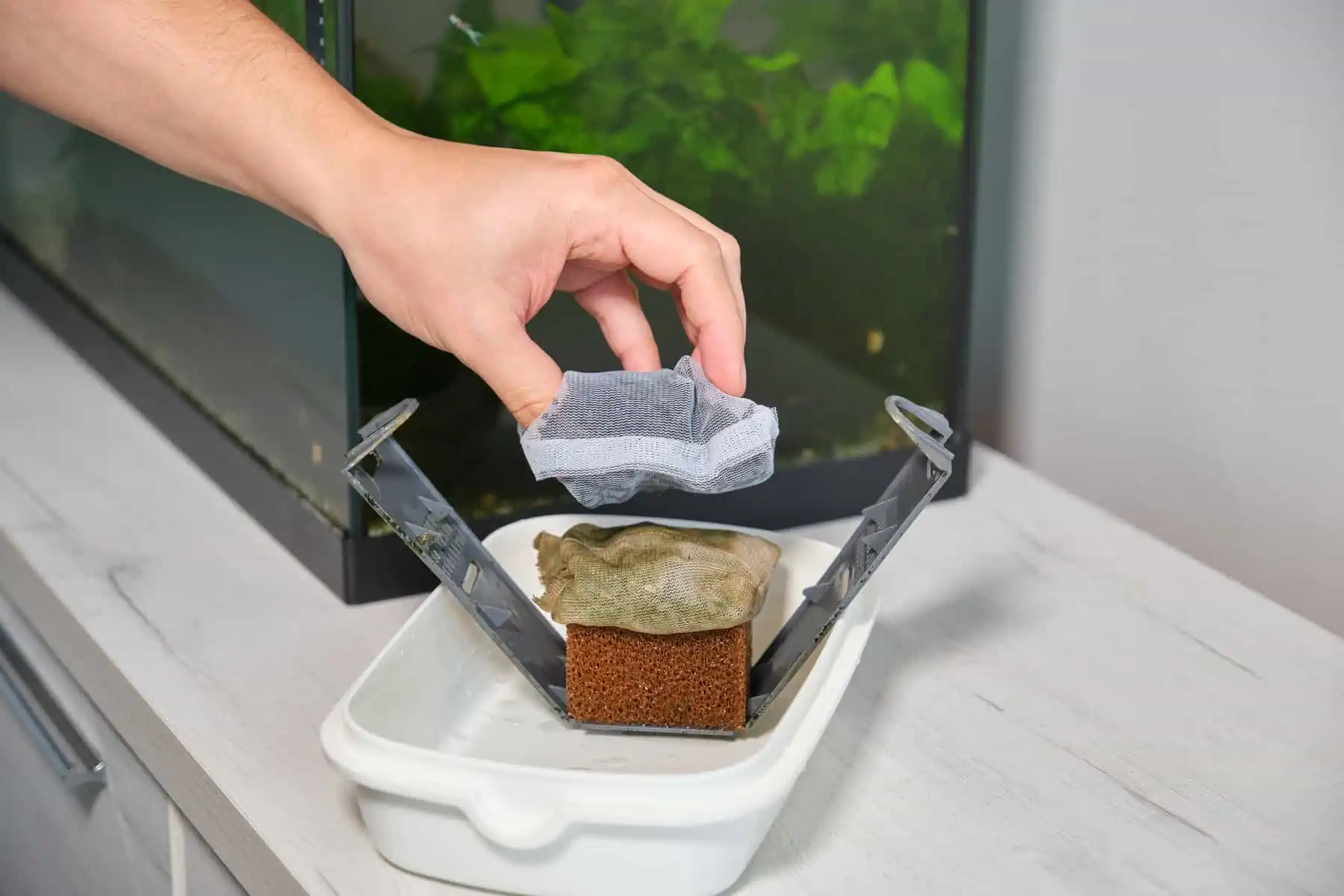
A regular part of aquarium maintenance that every fish keeper must know about is how to clean the filter properly.
Most aquarium filters come equipped with some sort of sponge or foam media that’s used to both mechanically filter out detritus and also host a healthy culture of beneficial bacteria that clean the water from toxic ammonia and nitrites.
The secret of effective filter cleaning is to remove most of the dirt trapped in the sponge without destroying the essential bacterial colony that lives there. Beginners, often not realizing how vital the bacteria are, mistakenly kill them by washing the filter with chlorinated water.
Instead, clean your filter gently using either dechlorinated tap water or water from your aquarium. You can even use the tank water saved from your partial water change.
Partial Water Changes
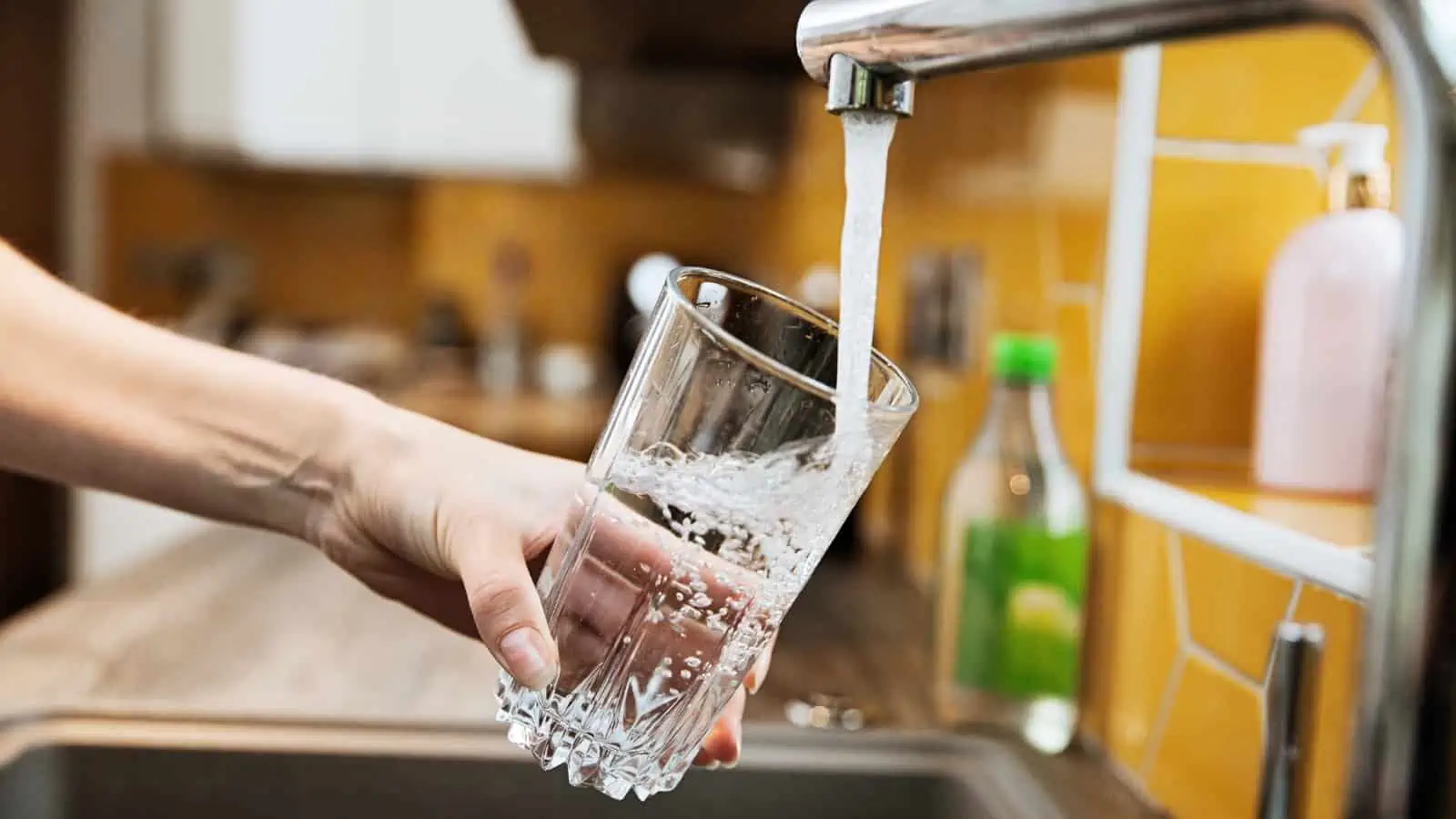
While a good aquarium filter performs the invaluable role of cleaning the water from many toxins and detritus, it’s also essential to change a proportion of the tank’s water every week or two to remove nitrates, phosphates, and other solutes that build up with time.
For a typical community tank, 20-30% water changes every week are normally recommended. For tanks that are more lightly stocked, you could get away with a 30-35% water change every two weeks.
It’s inadvisable to change more than 40% of the tank’s water in any one go (except in emergencies) as doing so can knock out much of the tank’s beneficial bacteria that are essential for healthy water chemistry. Always replace the water with dechlorinated water of matching temperature.
Most people will use some sort of siphon or vacuum to remove water from the tank, so this is also the perfect moment to vacuum your gravel.
Vacuuming the Gravel
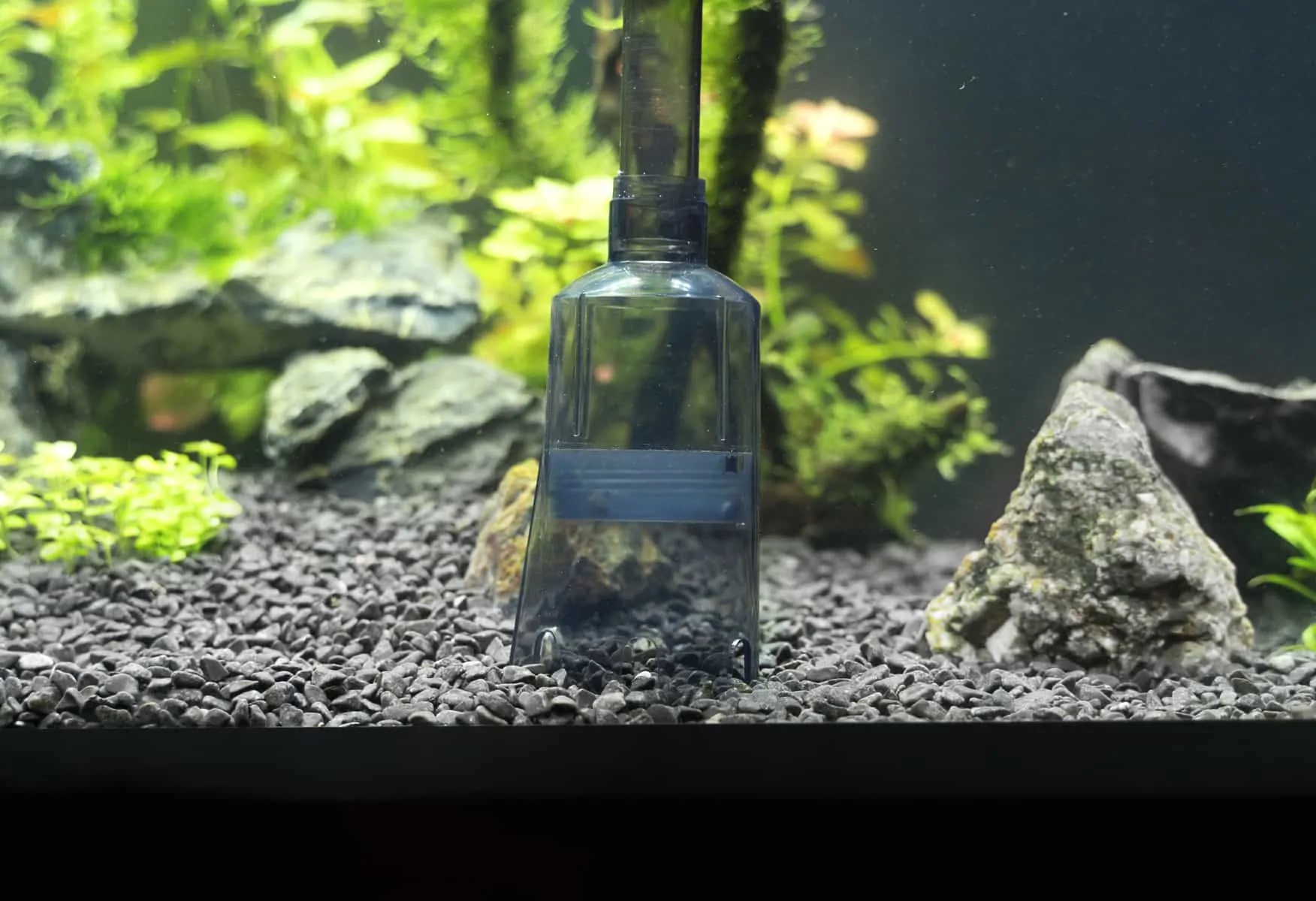
We think it should be the responsibility of every pet store to explain to new aquarium owners how essential vacuuming the gravel is to tank care. Too many newbie fishkeepers imagine that their filter will do most of the work for them and they’ll never have to get their hands dirty.
There’s certainly nothing glamorous about gravel cleaning, but there’s no getting away from the weekly or bi-weekly chore of sucking up clouds of detritus from the gravel into an empty bucket under the tank.
Work methodically, making sure no corner of the tank goes uncleaned. Disturb the gravel slightly with your Hoover nozzle to release dirt and trapped gasses from the substrate.
Gravel vacuums can be made at home by simply fixing half a plastic bottle onto a piece of hose pipe. Alternatively, check out our guide to the best purpose-made gravel vacuum cleaners on the market.
Water Testing

Another element of proper tank care that separates novice fish keepers from the pros is water testing. With a bit of experience, it quickly becomes obvious how important regular water testing is.
Most aquarium test strips and liquid test kits measure the most important water parameters like pH, ammonia, nitrites, and nitrates. More specialized kits also include water hardness, oxygen levels, phosphates, and dissolved metals such as copper.
Keeping track of water parameters is a trademark of diligent fish keepers who make sure water conditions are always in the ideal range for all of their fish, plants, and invertebrates. If nitrate levels are too high, more water changes are needed. If the pH is too low, then alkalizing materials such as limestone must be added to the tank to balance the water chemistry.
For medium to large aquariums, testing the tank’s water once per month or anytime something unusual is noticed is a good rule of thumb. For tanks of 20 gallons or less, testing the water every two weeks is advisable.
Maintaining Live Plants
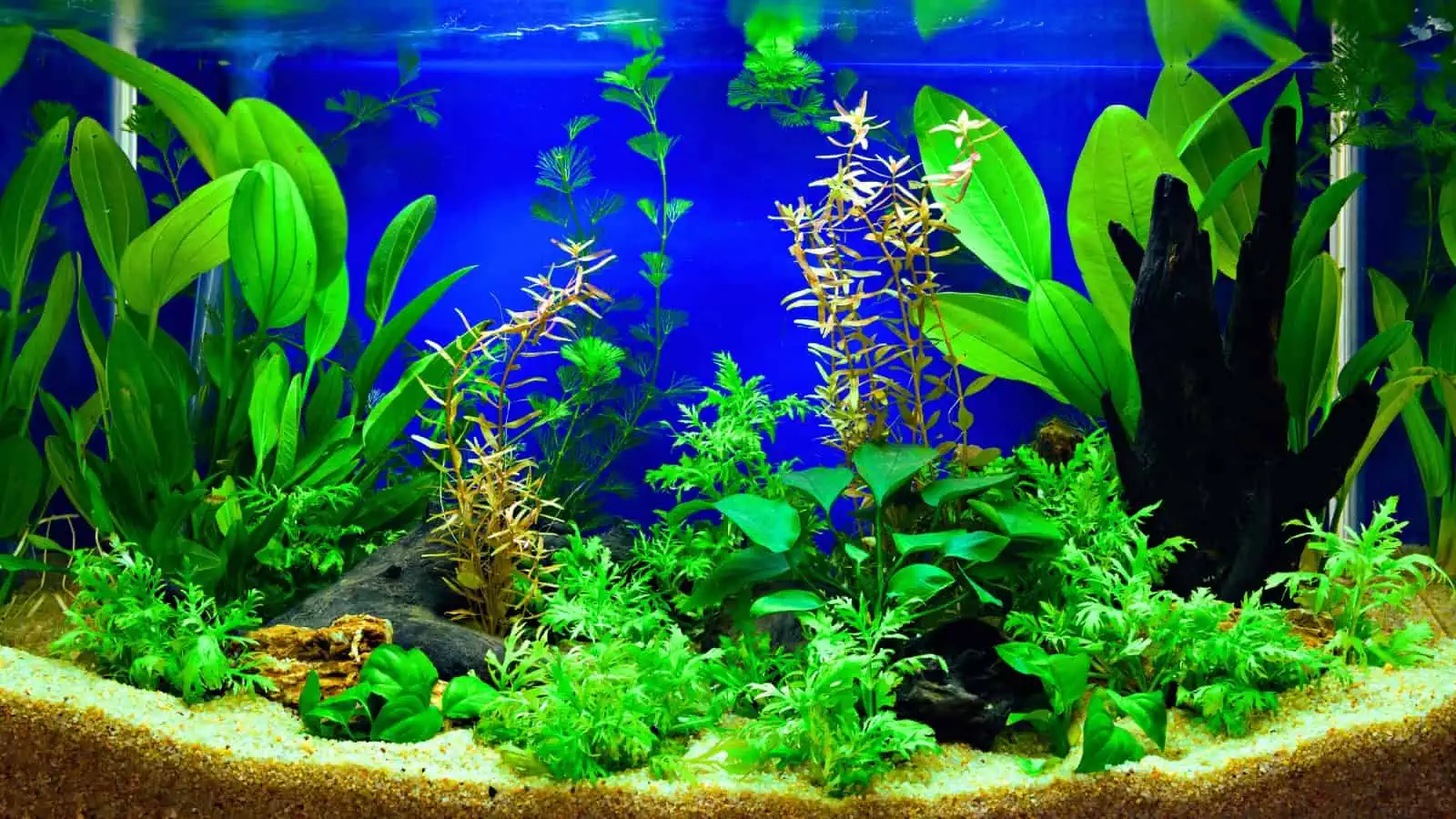
Although live plants require a little more care than plastic or silk alternatives, we highly recommend adding at least a few live plants to every tank. By cleaning the water and producing oxygen, aquatic plants perform a sterling service in natural water filtration.
But to become a boon to water quality, live plants need proper maintenance. Dead leaves need removing from the tank before they rot and excessive plant growth needs pruning back to avoid smothering of other plants.
More advanced maintenance of live plants includes proper feeding using root tabs and liquid feeds. Beginner plants, however, like Java fern, Java moss, Amazon Sword, Anubias, Crypts, and Anacharis will often thrive without using additional fertilizers.
Daily Equipment Checks
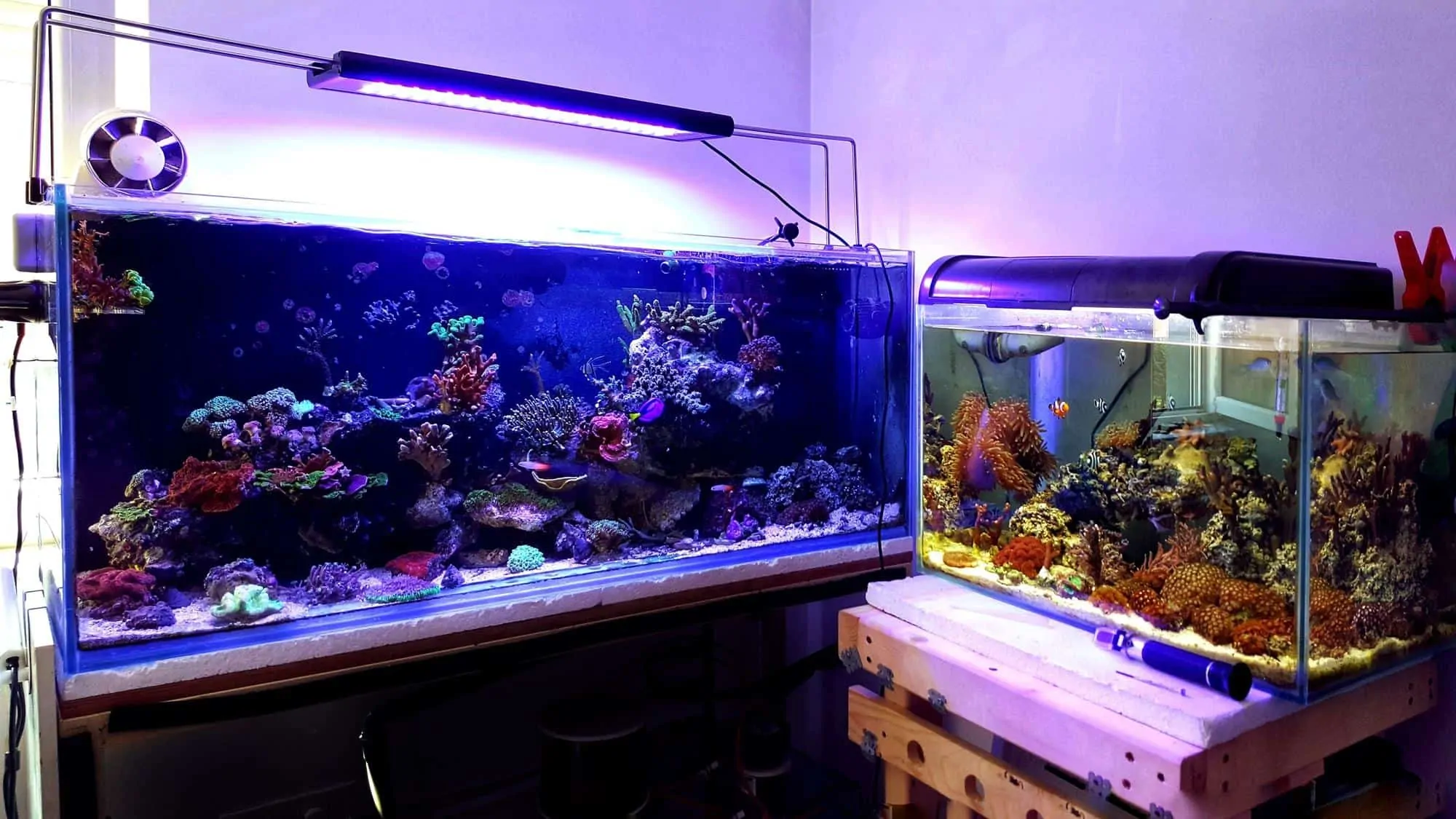
Good aquarium equipment has become so reliable that it’d be easy to become complacent and assume that it will never fail. But such complacency can easily prove fatal to your tank’s inhabitants if something goes wrong.
Aquarium filters and heaters are so essential to tropical aquariums that even one day without them might cost your fish’s lives. For a thriving tank, it’s mandatory to check equipment every day to ensure proper function.
Luckily equipment checks are as simple as glancing at your tank before you leave the house or go to bed. Reliable aquarium thermometers are the best way to ensure your heater is working correctly, and filters can be checked by the current visible at the water’s surface or swaying plant leaves.
In case either filter or heater breaks, diligent aquarists tend to have some backup equipment for emergencies.
Daily Aquarium Observations
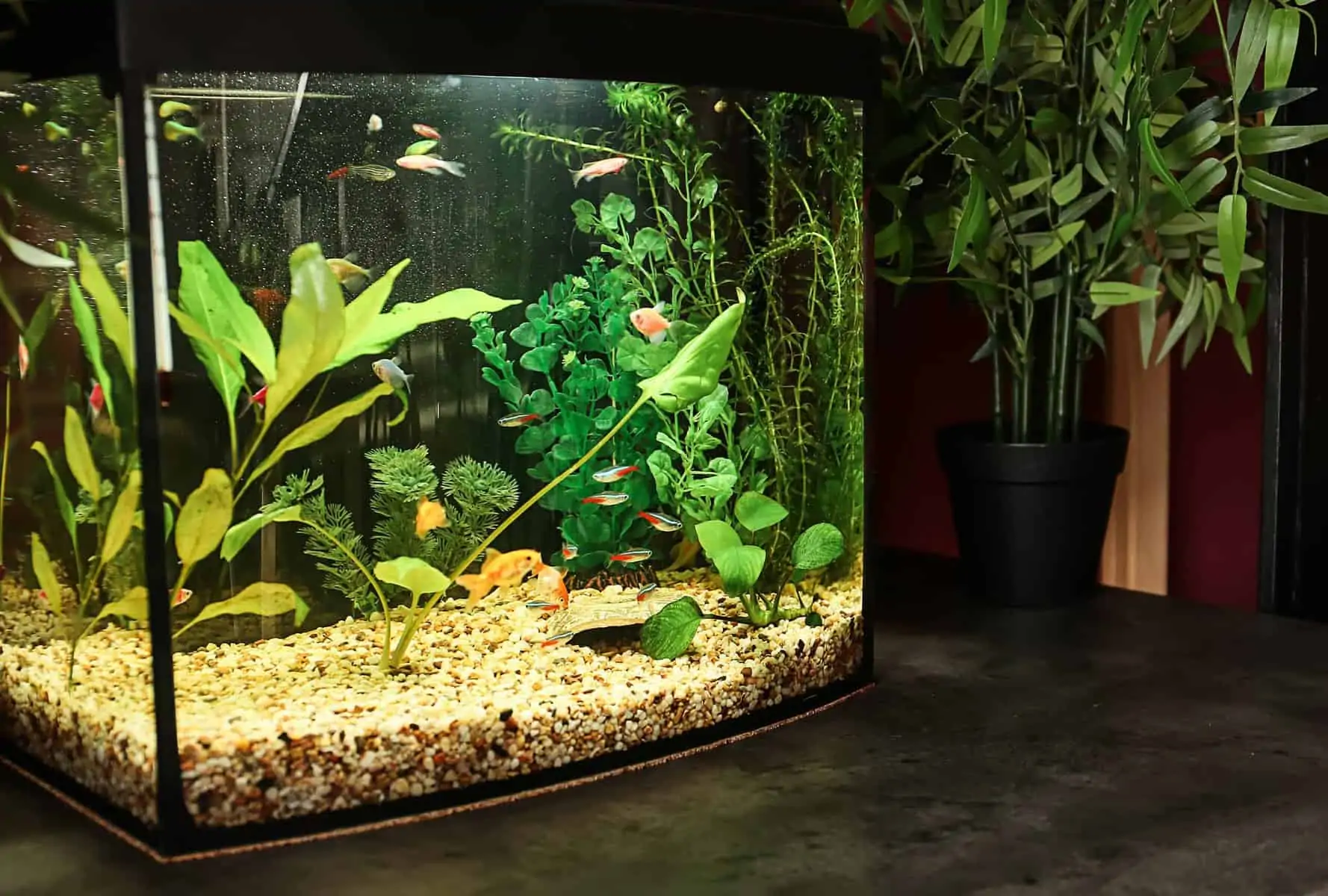
Last, but certainly not least, observing an aquarium’s inhabitants every day is another sign of an exceptional fish keeper. By performing daily checks, you’ll be ensuring that any health problems or diseases are diagnosed early before they become a menace.
You’ll also become much more aware of the subtle interactions between your fish and become able to spot when certain individuals are becoming too aggressive or bullied by other tank members.
By intervening promptly, you’ll nip the problem in the bud before things get out of hand. You’ll also forge a much deeper bond and understanding of your beloved fish and aquatic pets.
While easily forgotten, this last habit of an outstanding fishkeeper might just be the most important one on our list.
